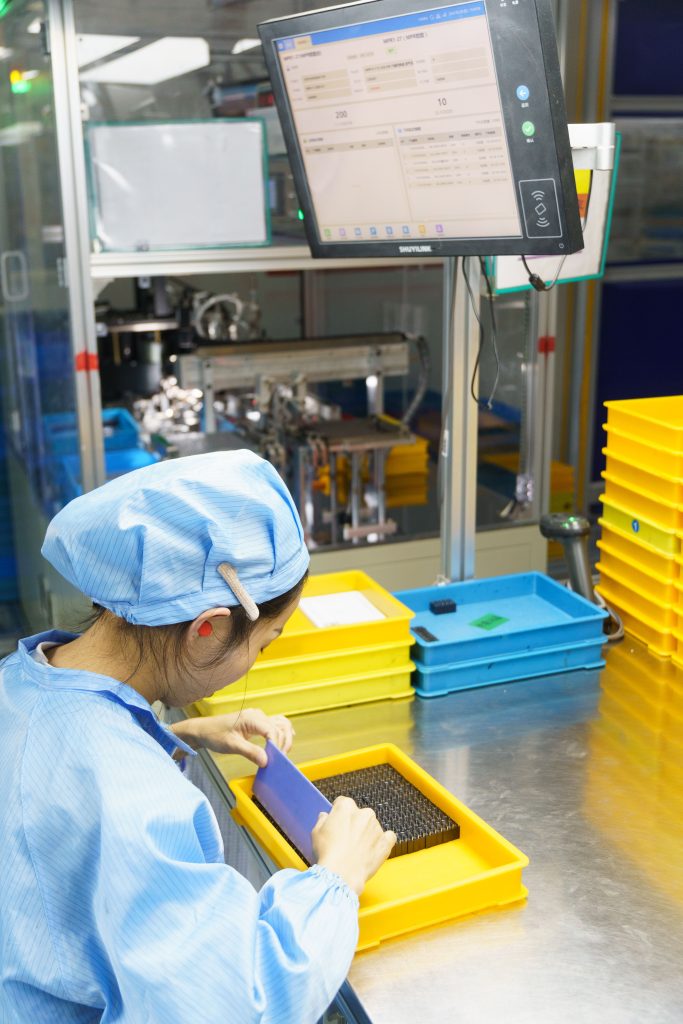The relay production process is a critical aspect of manufacturing relays that are used in a wide range of applications, including automotive, telecommunications, industrial systems, and consumer electronics. Relays are electrical devices designed to open or close circuits by receiving an electrical signal. The production of relays requires a series of precise steps, from design to final testing, ensuring that each relay meets stringent performance and safety standards. This article provides an overview of the key stages involved in the relay production process.

1. Design and Prototyping The first step in the relay production process is the design phase, which is crucial for ensuring that the relay meets the desired specifications and functionality. Engineers analyze the specific requirements of the application where the relay will be used and design the relay accordingly. This includes selecting materials, determining the coil voltage, contact configuration, and establishing operational parameters such as switching speed, voltage, and current handling capacity. Once the design is complete, prototypes are created. These prototypes are tested to evaluate their performance, mechanical reliability, and electrical behavior. Prototyping allows for the identification of potential issues early in the process and provides an opportunity for adjustments before mass production begins.